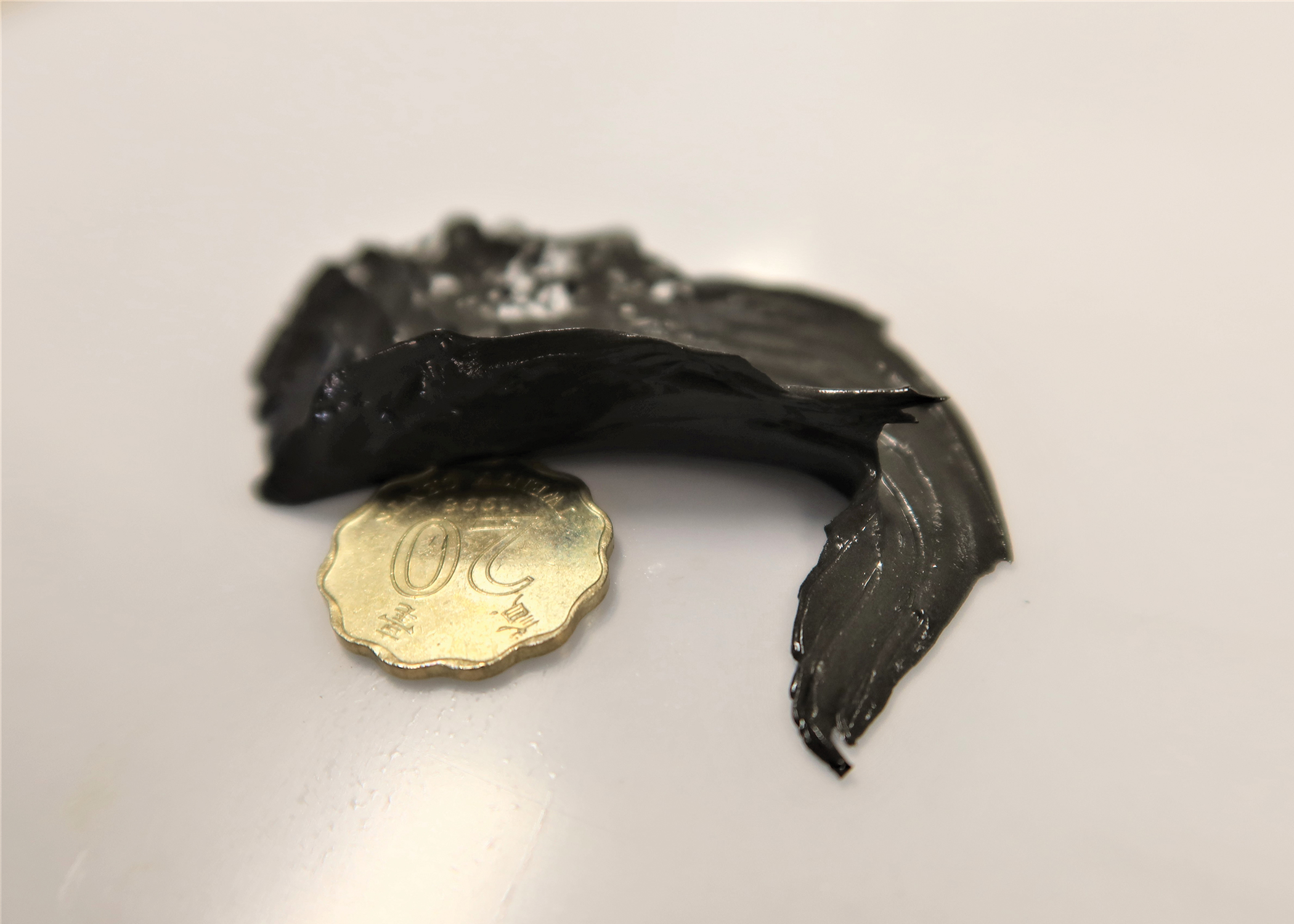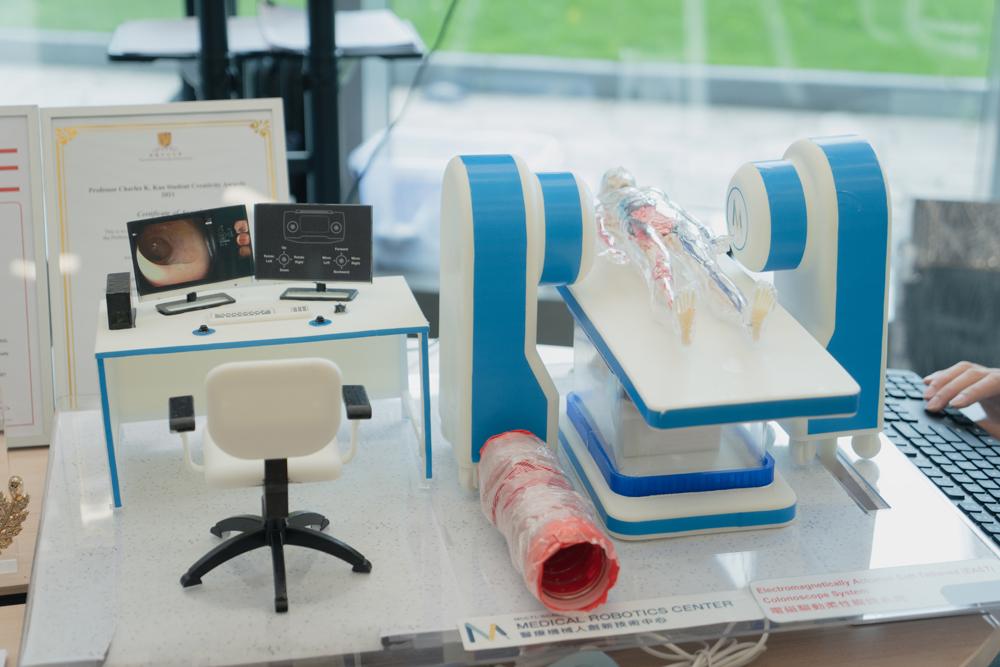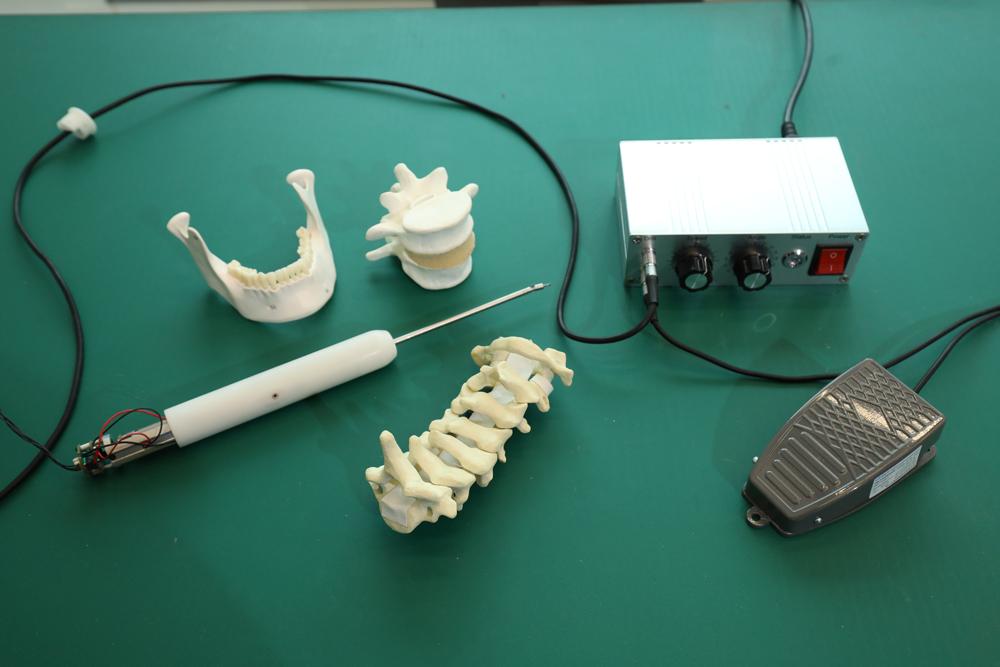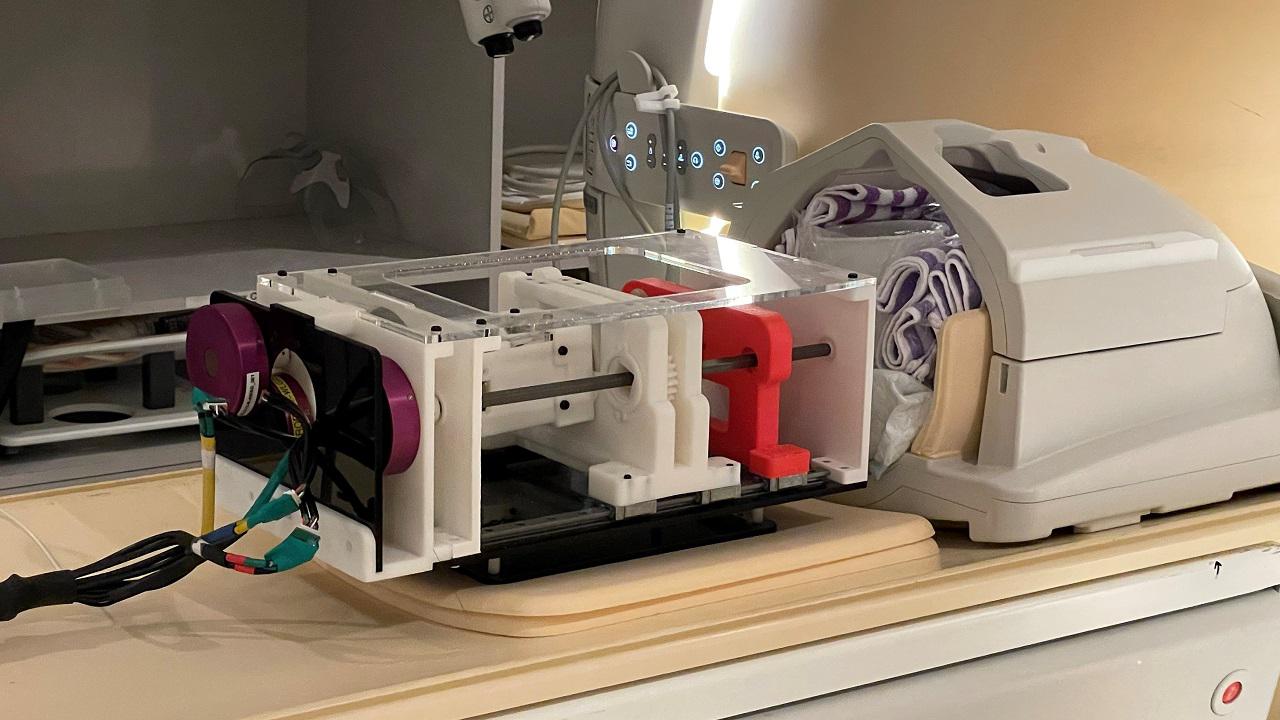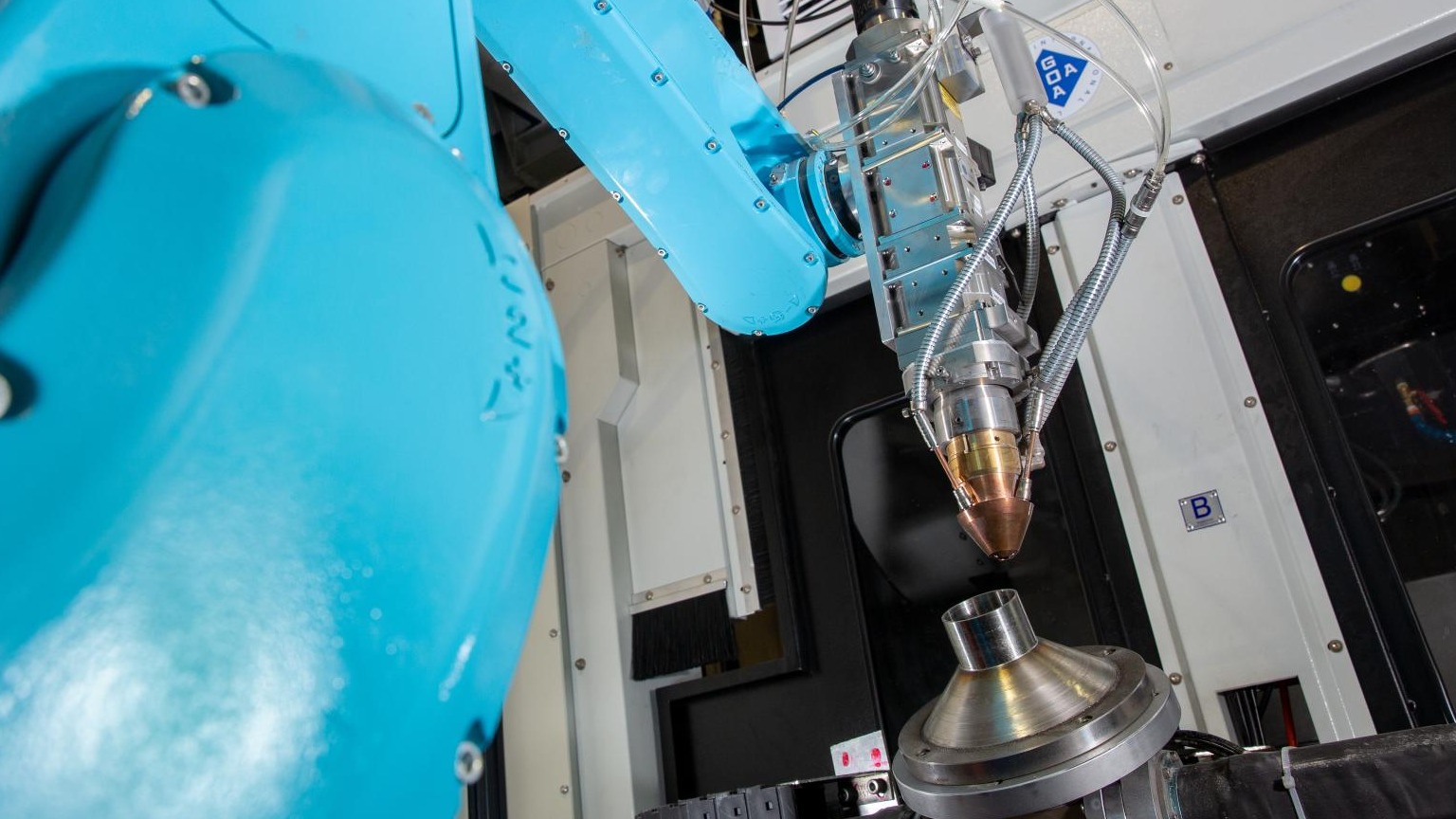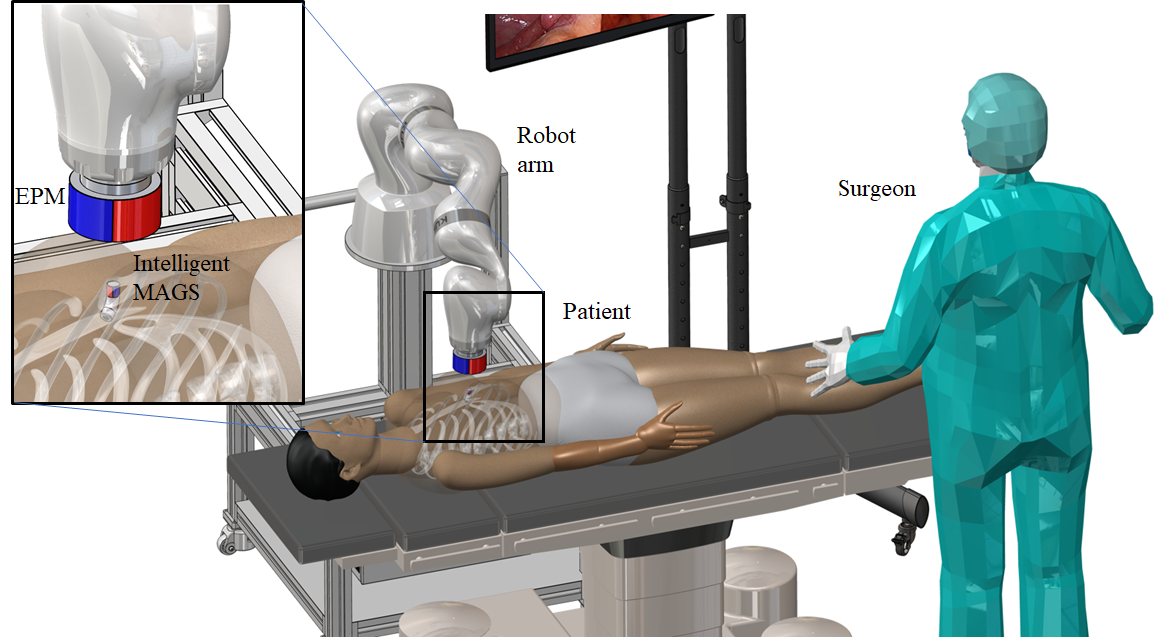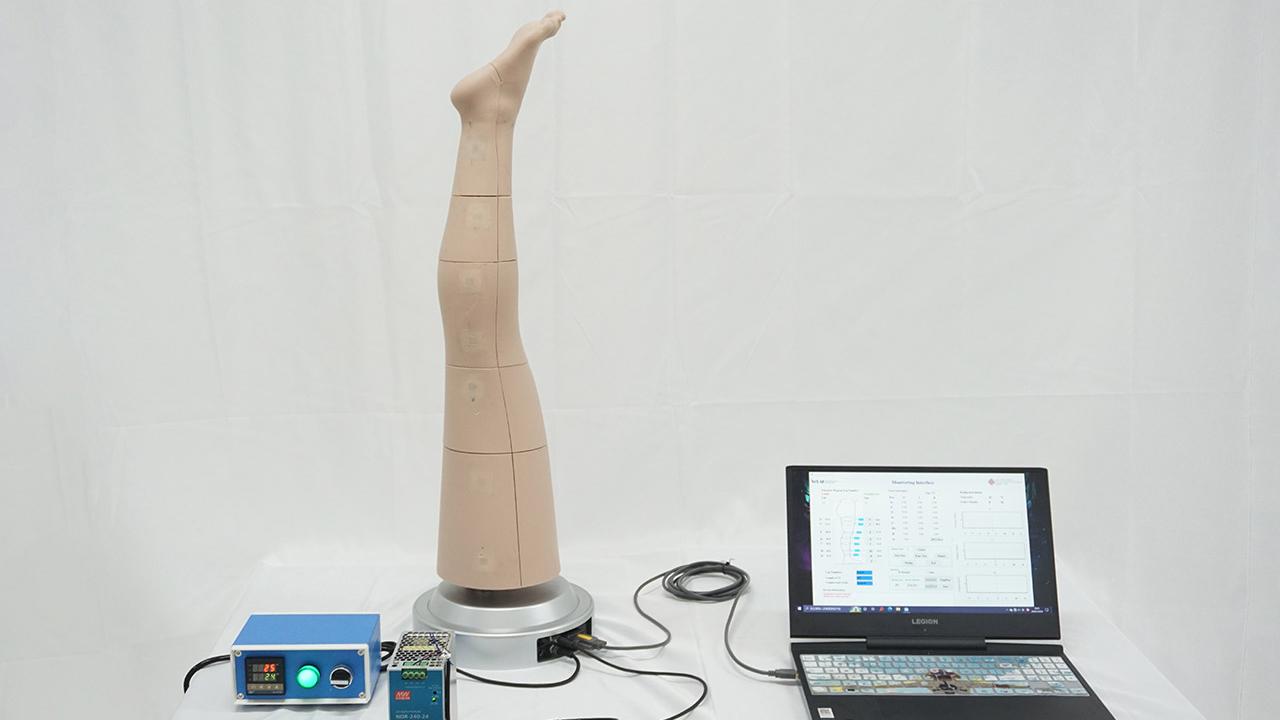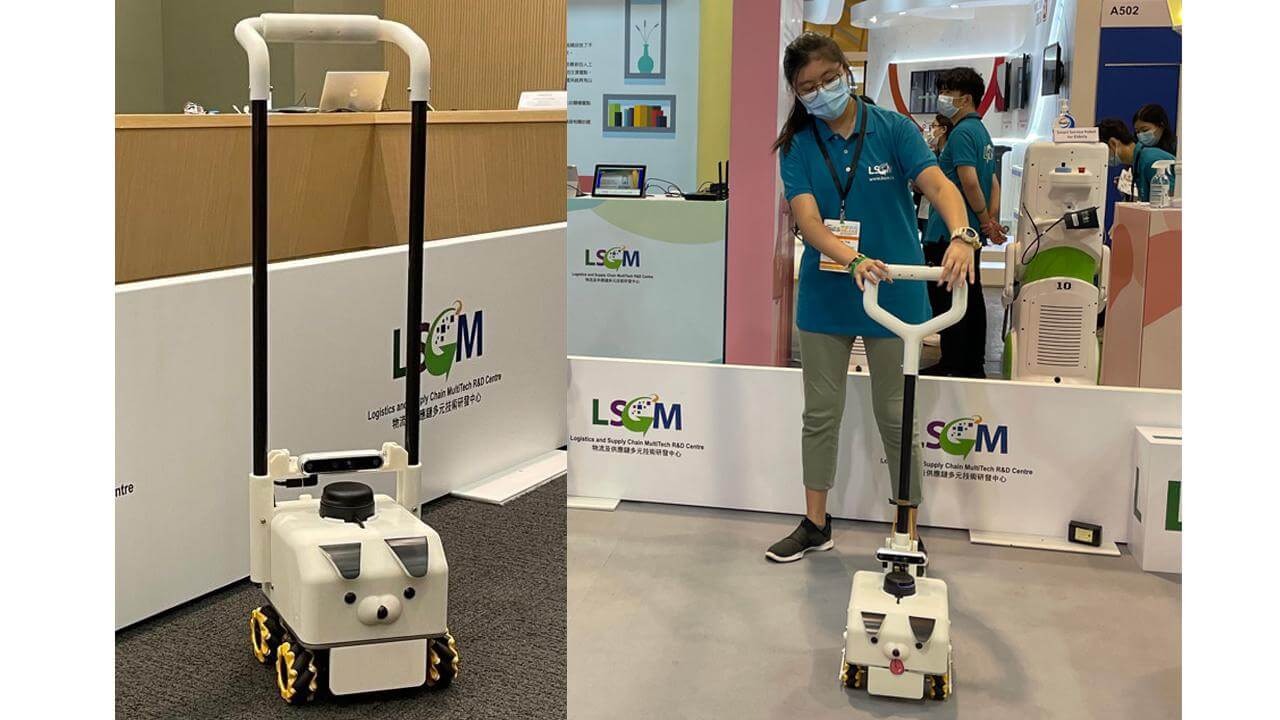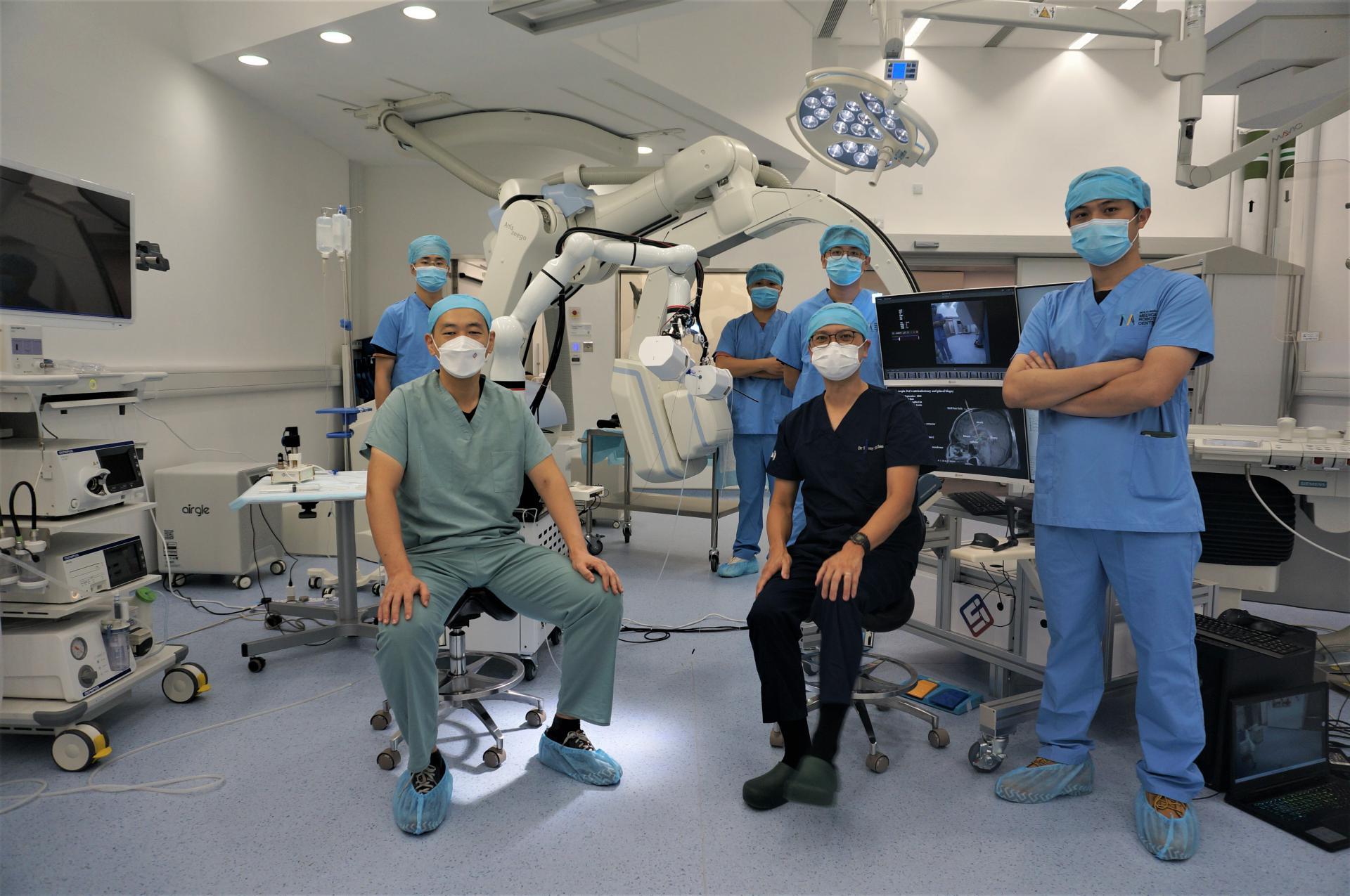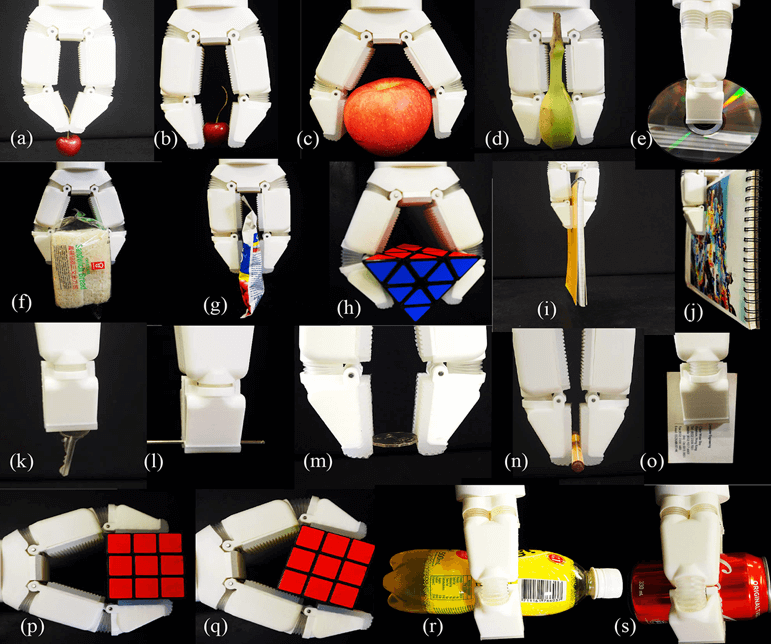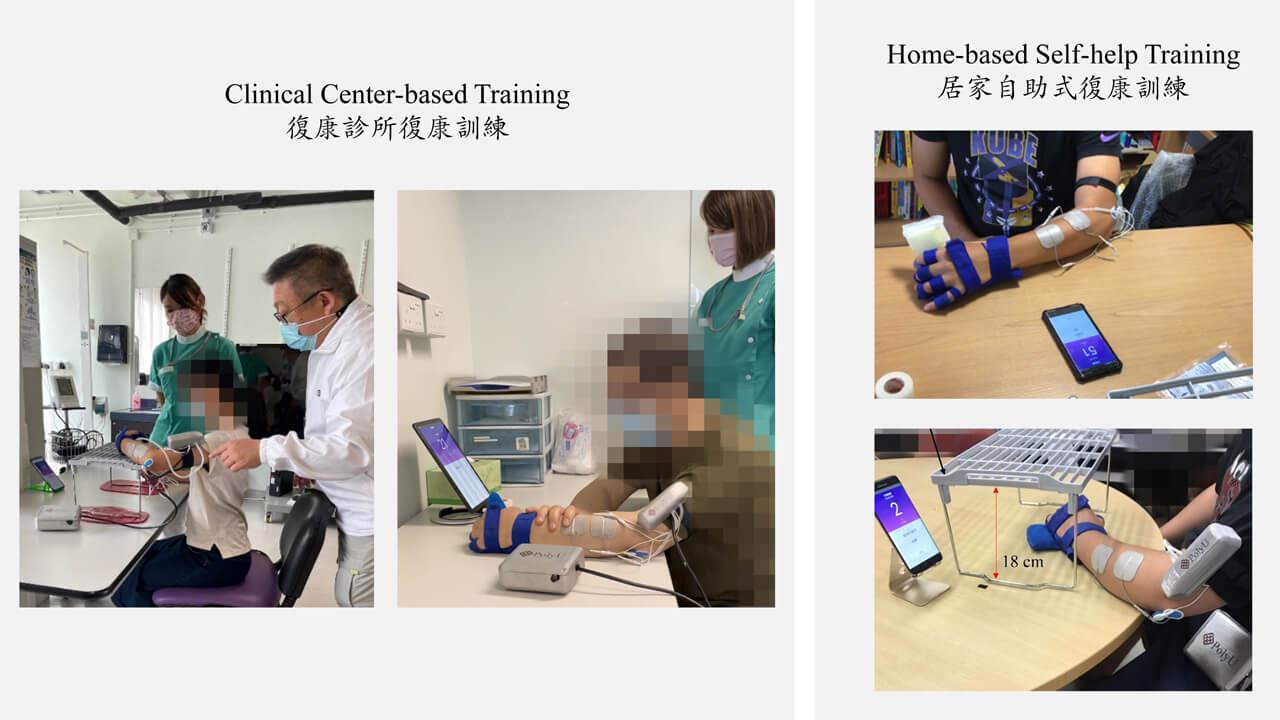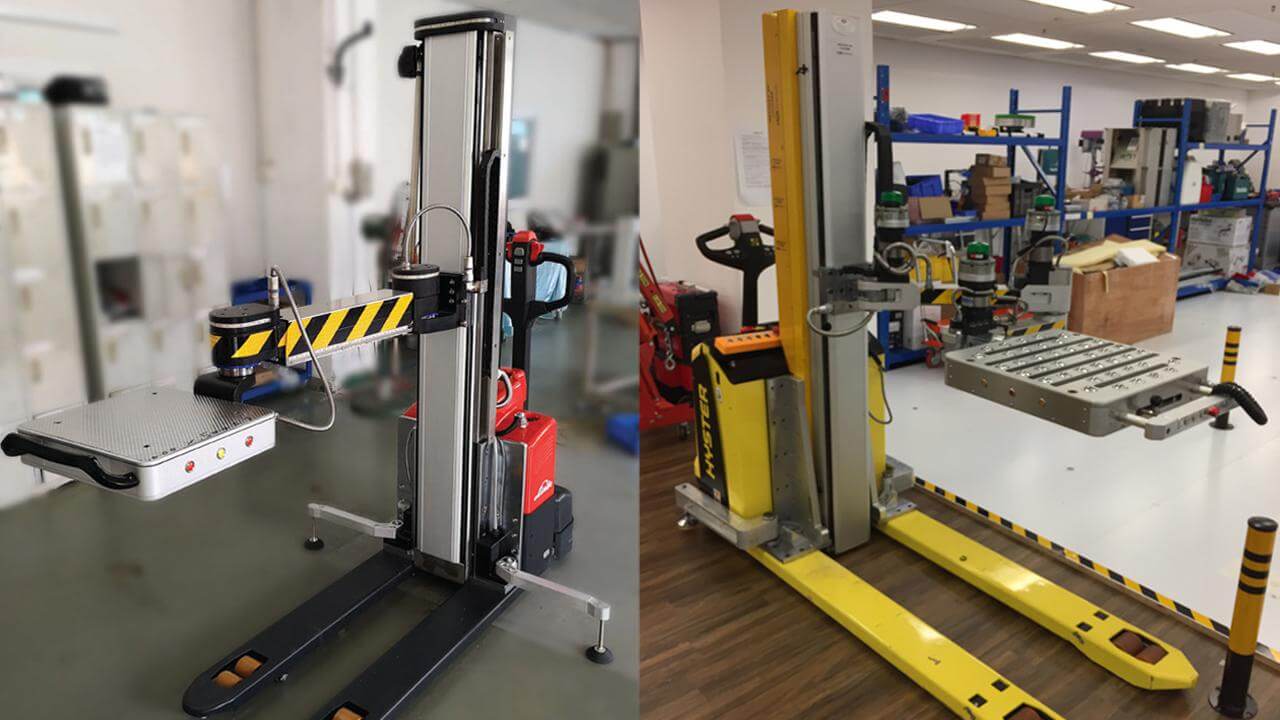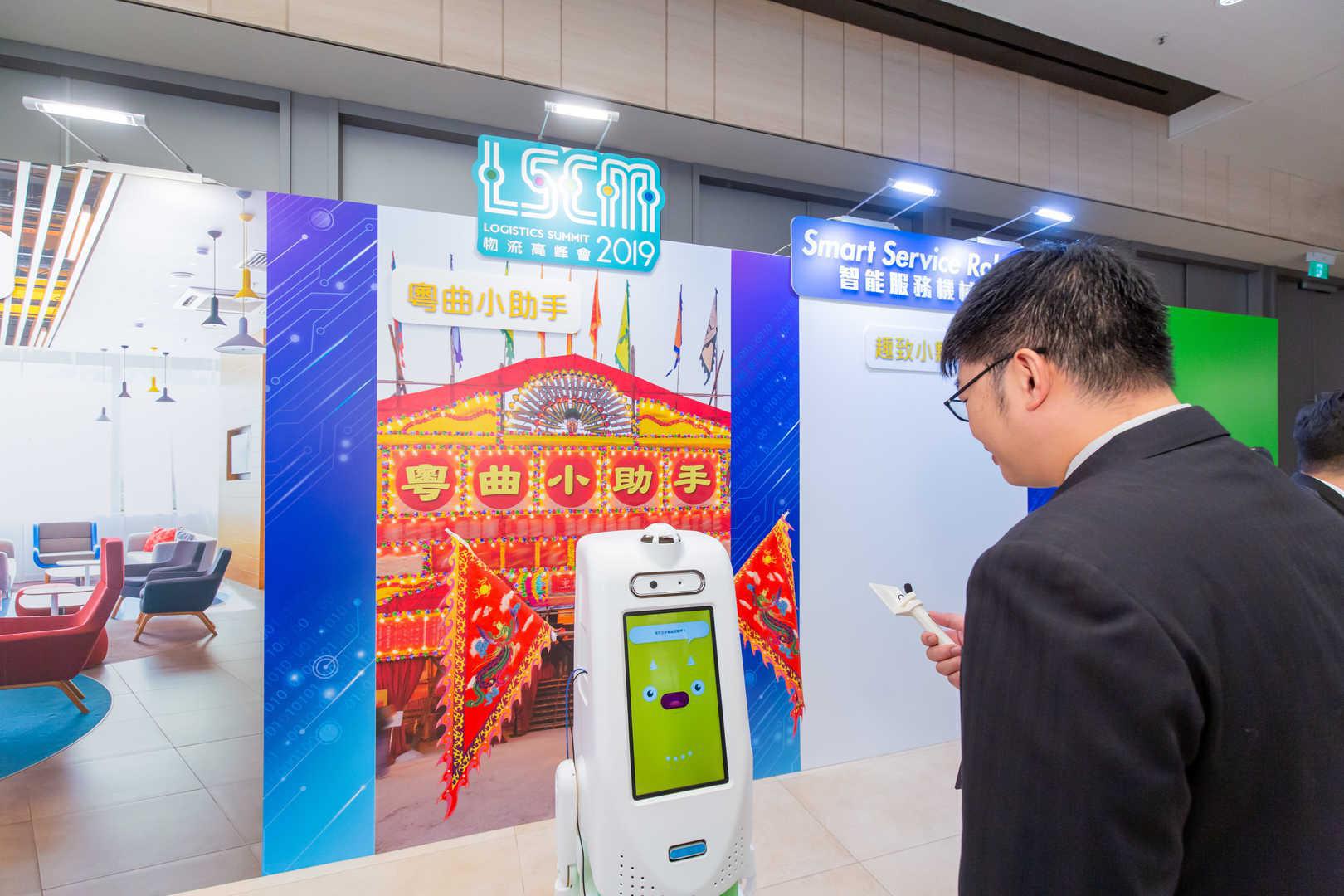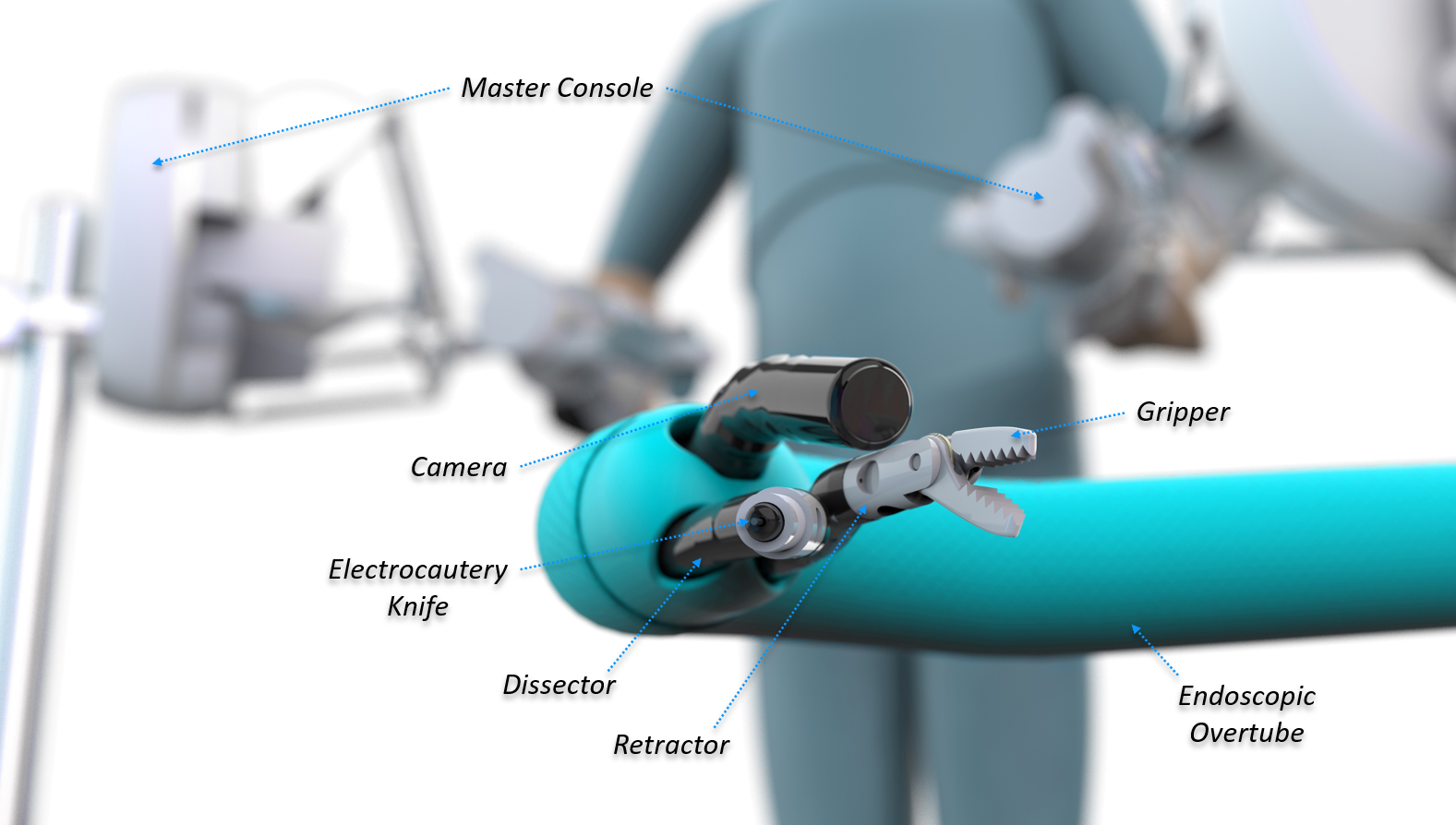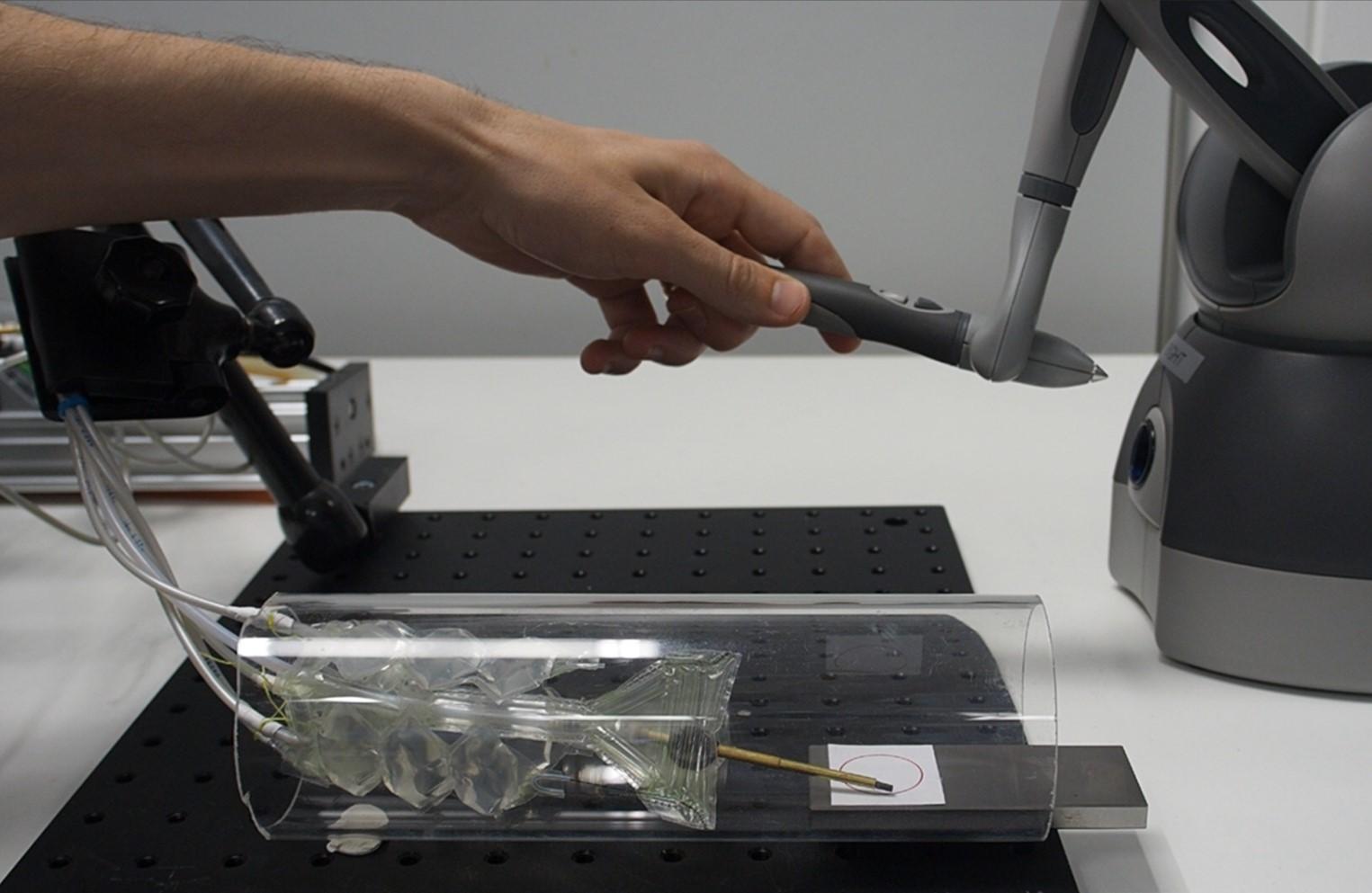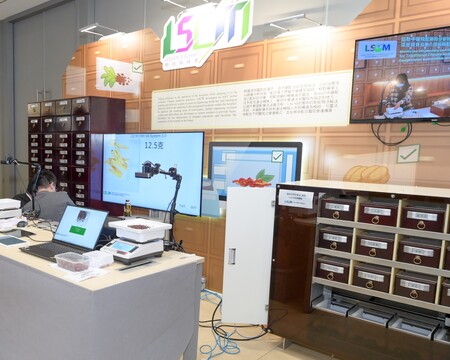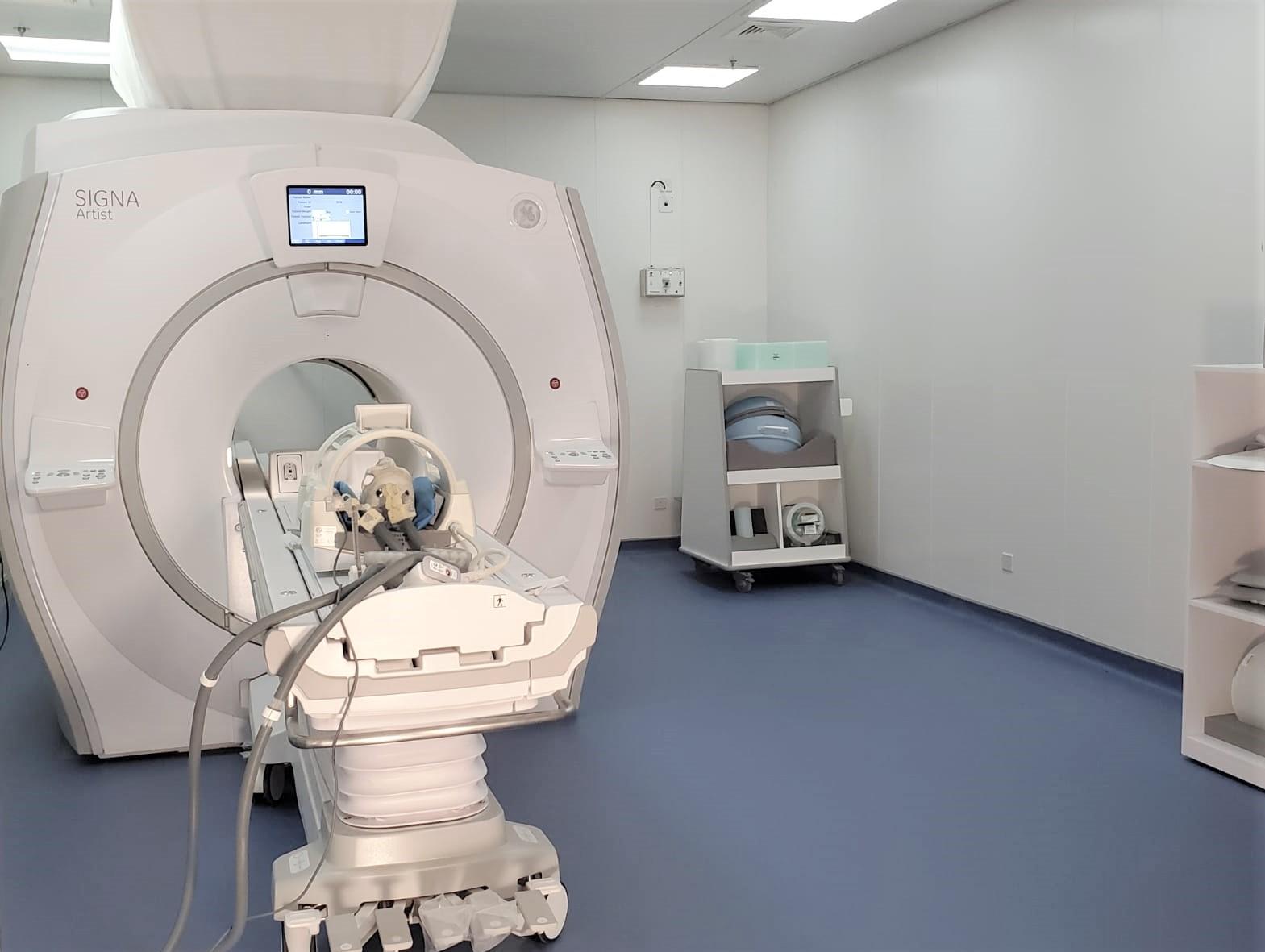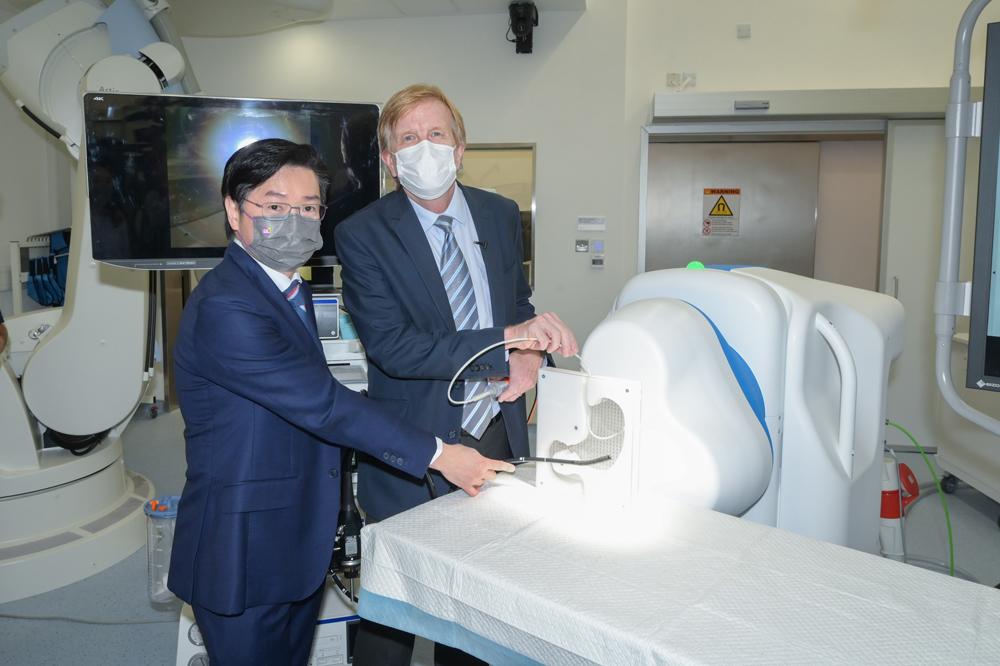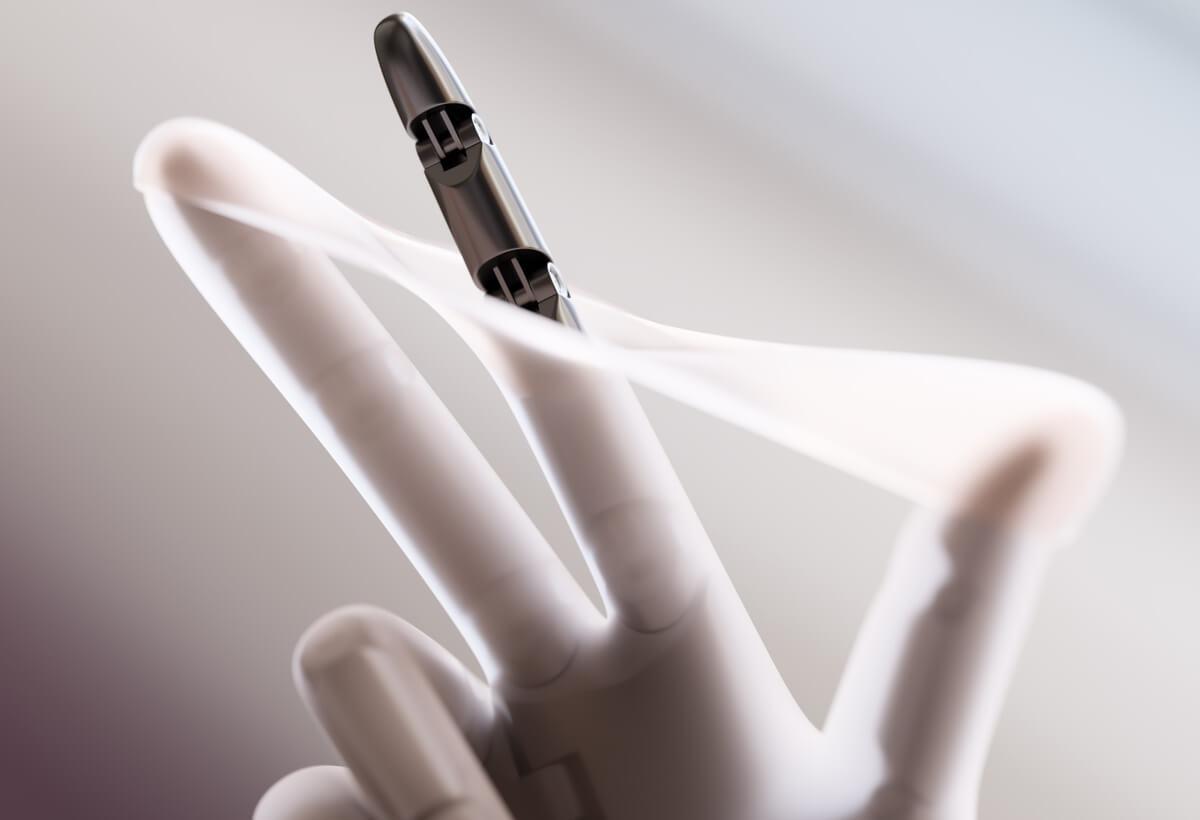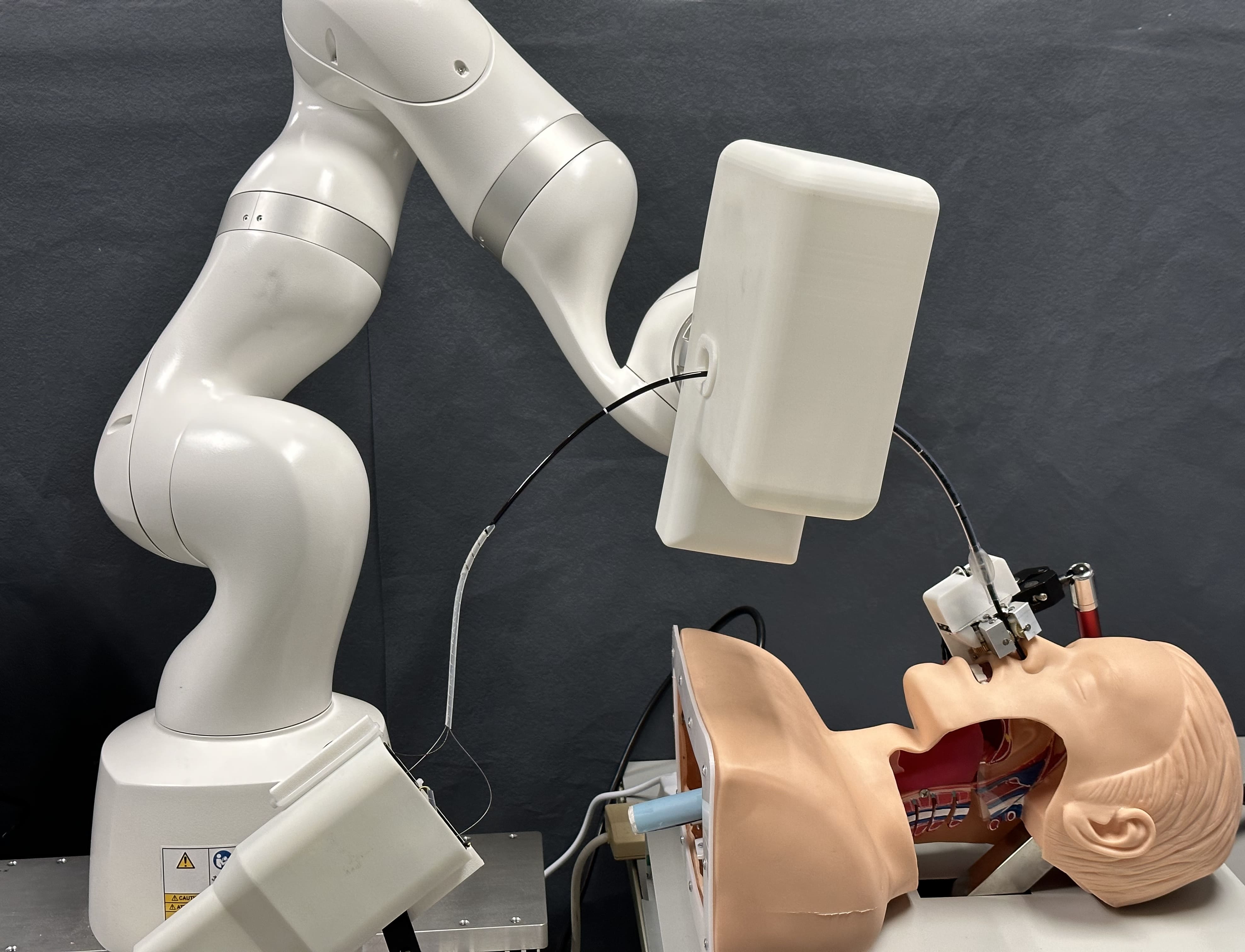
Self-healing Magnetic Slime Robot for Non-invasive Endoluminal Intervention in the Gastrointestinal System
The slime robot, which was developed by an interdisciplinary research team from CUHK Engineering and Medicine, can deform, grab objects and move, just like the sci-fi movie creatures. It is a soft robot that can non-invasively access the lumen like digestive tract to perform medical procedures. It adapts to diverse and dynamic physiological environments inside the body with minimized side effects. This technology has been licensed by CUHK academic-led start-up MicroMag Healthcare Limited.
Magnetic slime robot aims to offer the opportunity to non-invasively access human tissue to perform medical operations and deliver drugs.
- Magnetic slime robots' passive and active deformation capabilities give them a remarkable advantage, not only for adapting to complex physiological environments but also for entering tiny and tortuous spaces in a controlled manner while maintaining their mobility and integrity.
- It enables non-invasive access to human lumens to perform medical operations and deliver drugs.
- Easy loading or coating with drugs, imaging agents, or biosensing molecules and the integration of functional micro- or nanomaterials.
- Magnetic slime robot can solve the challenges of soft medical robots due to the diverse, dynamic, and complex nature of tissues, biological fluids, and fluid-air interfaces inside the human body, benefitting clinicians and patients.
- Magnetic slime robot allows easy loading or coating with drugs, imaging agents, or biosensing molecules and the integration of functional micro- or nanomaterials.
- The materials of magnetic slime robot and its degradation products are biocompatible, have no negative impact on patient health, and can provide feedback signals to medical imaging devices.
- Gold Medal of International Exhibition of Inventions Geneva 2023
- Hong Kong’s top ten innovation and technology news by Beijing - Hong Kong Academic Exchange Centre
- Invention Award at Pineapple Science Award 2022
- Endoluminal intervention in gastrointestinal tract
- Treatment in tiny and tortuous lumens deep inside human body
Patent
- US Provisional Patent 63/333,518
Founded in 1963, The Chinese University of Hong Kong (CUHK) is a forward-looking comprehensive research university with a global vision and a mission to combine tradition with modernity, and to bring together China and the West. CUHK teachers and students hail from all around the world. Four Nobel laureates are associated with the university, and it is the only tertiary institution in Hong Kong with recipients of the Nobel Prize, Turing Award, Fields Medal and Veblen Prize sitting as faculty in residence. CUHK graduates are connected worldwide through an extensive alumni network. CUHK undertakes a wide range of research programmes in many subject areas, and strives to provide scope for all academic staff to undertake consultancy and collaborative projects with industry.

